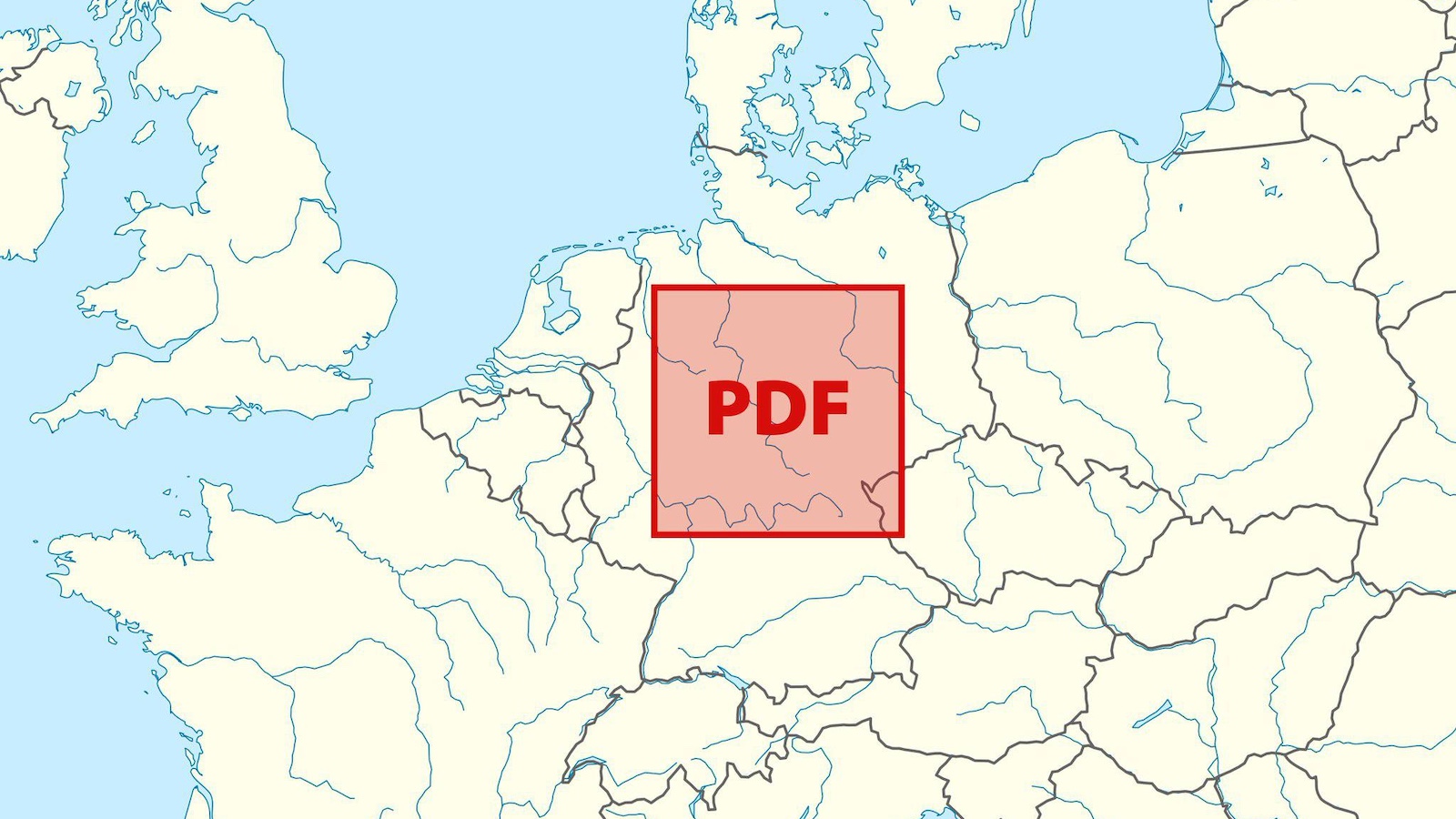Sa’dah
I read the ICG’s most recent report on Yemen: Defusing the Saada Time Bomb this morning, and despite my quibbles with its transliteration, I was quite impressed with the report.
For anyone wanting to understand this oft-misunderstood conflict this report should be your first stop, and not only because it largely conforms to my pre-existing views on the conflict. There are a number of excellent points that come out through the report, but I was most impressed with how it managed to convey that the conflict itself had what I would call an evolving logic all its own, that it didn’t remain what it started out as and that over time it has been co-opted and manipulated by different groups and individuals to fit their own short-term interests, while at the same time moving beyond the control of many of these actors.
The report also provides some much-needed background on Yemen for those not completely familiar with the place. For instance, the section on page 7 regarding the “integral and accepted parts of Yemen’s political equation,” should be required reading for anyone who wants to write about the country.
The report does not provide any firm answers on outside meddling – the Iranian or Saudi influence – but there are probably no firm answers to be had on such an opaque and tightly-guarded subject.
The quote by Muhammad Thabit on page 14 about skirmishes that continue despite the ceasefire as being between tribes and as such not technically breaches of the cease fire even though the government reports them as such, is a particularly important point especially in light of today’s news about more fighting in Sa’dah.
Despite my high praise there were a few points that I took issue with. First, I don’t think this conflict is the “most dangerous and deadly” (pg. 3) of the three conflicts that the report mentions – al-Qaeda, al-Huthi and southern secession. I tend to think that, at least for the government, the hierarchy is the south, al-Huthi and then al-Qaeda.
The small paragraph on al-Hitar’s attempts at rehabilitation on page 20 is also at odds with what the judge told me both in 2004 and 2005. Namely, that while rehabilitation worked with al-Qaeda types (something that I’ve since called into question) it didn’t work with al-Huthi types. Al-Hitar told me that this is because the al-Huthi supporters followed a man, while al-Qaeda supporters followed a book (no matter how misunderstood). This meant that you could convince al-Qaeda supporters that their understanding of the book was wrong, but you could not convince al-Huthi supporters that their trust in a man was unwarranted.
Finally, I’m not sure how much luck anyone will have turning al-Huthi and his supporters into a political party this has already been tried and it required ignoring traditional Zaydi theology, which Badr al-Din al-Huthi refused to do. (For more on this one should read the final chapter of Bernard Haykel’s Revival and Reform in Islam: The Legacy of Muhammad al-Shawkani.) Sure Yahya and Husayn seemed to have few problems taking up a seat in parliament, but I still think this track is a difficult if not impossible one to navigate.
Despite these small issues and differences of opinion, the report is fantastic and should be ready by anyone who takes the time to read this blog – unless of course your interest in Waq al-waq is only in our posts on Dhu al-Fiqar and al-Tahara.




